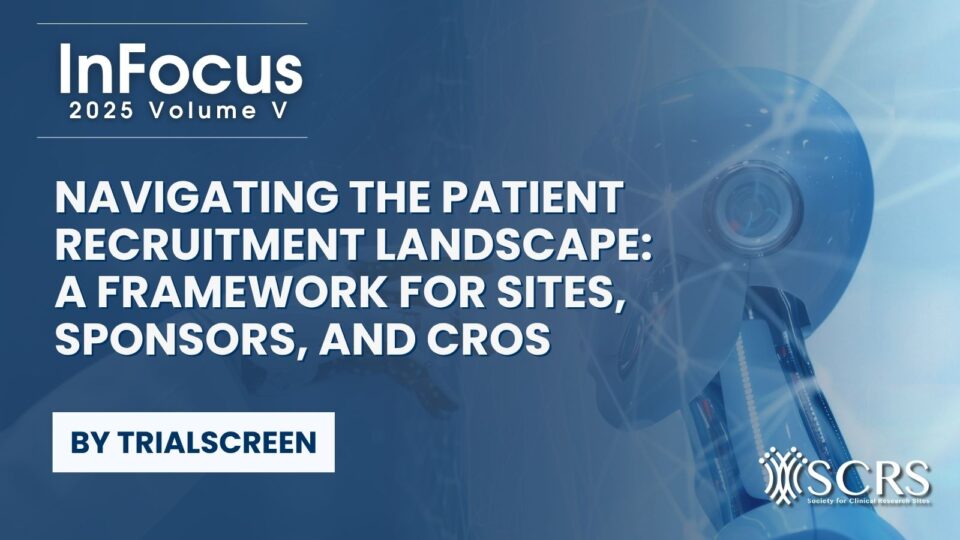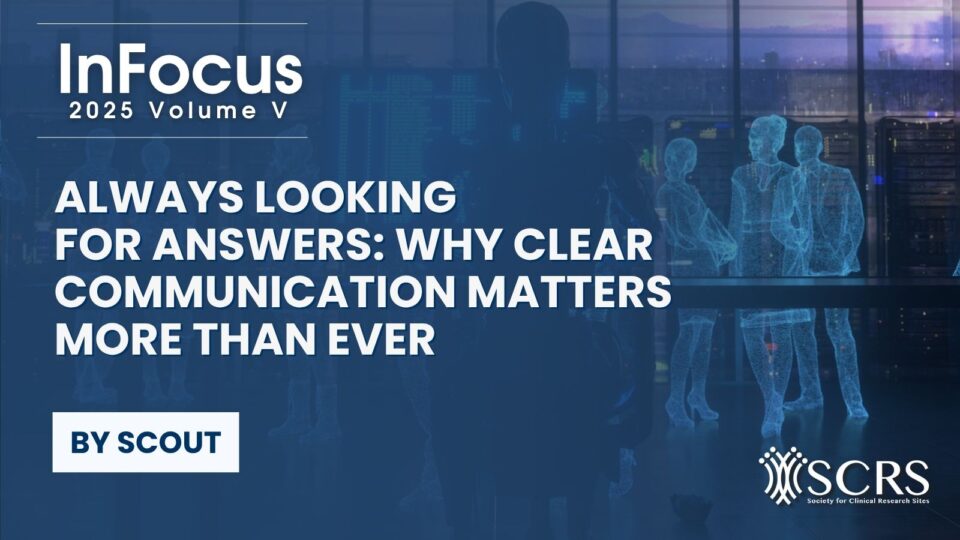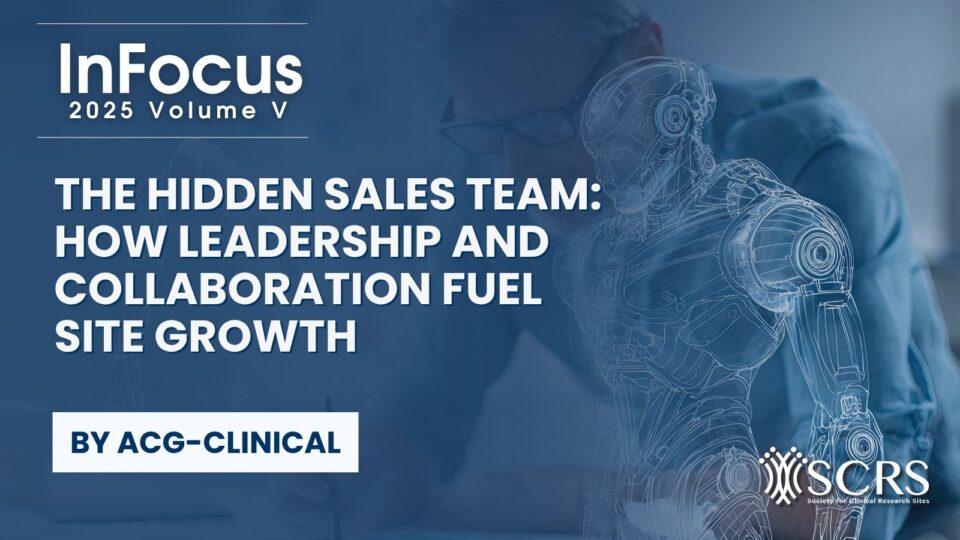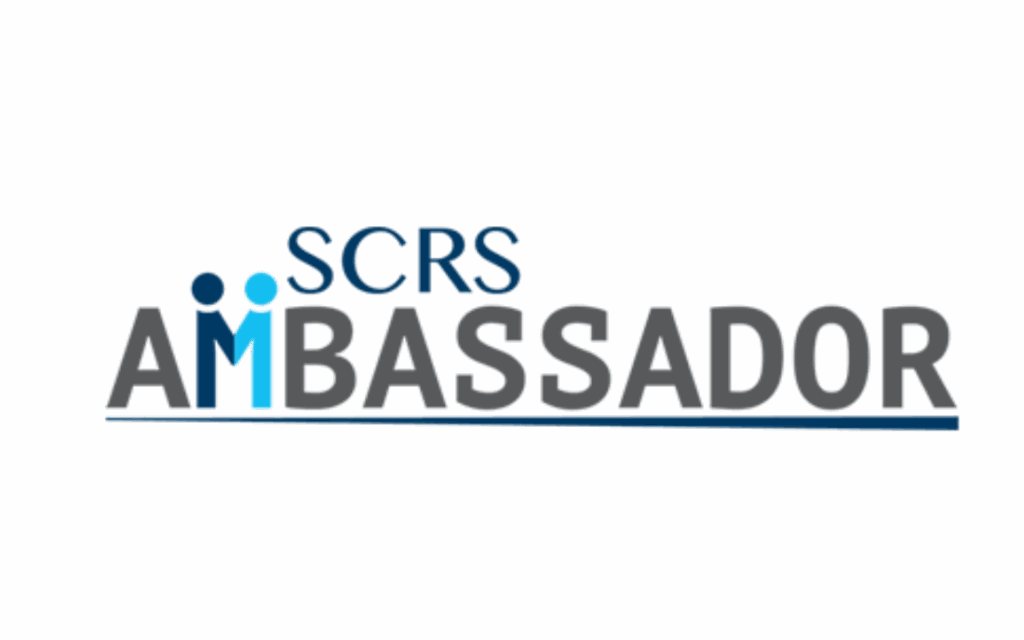More Data, Less Burden: How Sites Are Winning with EHR-to-EDC Connectivity
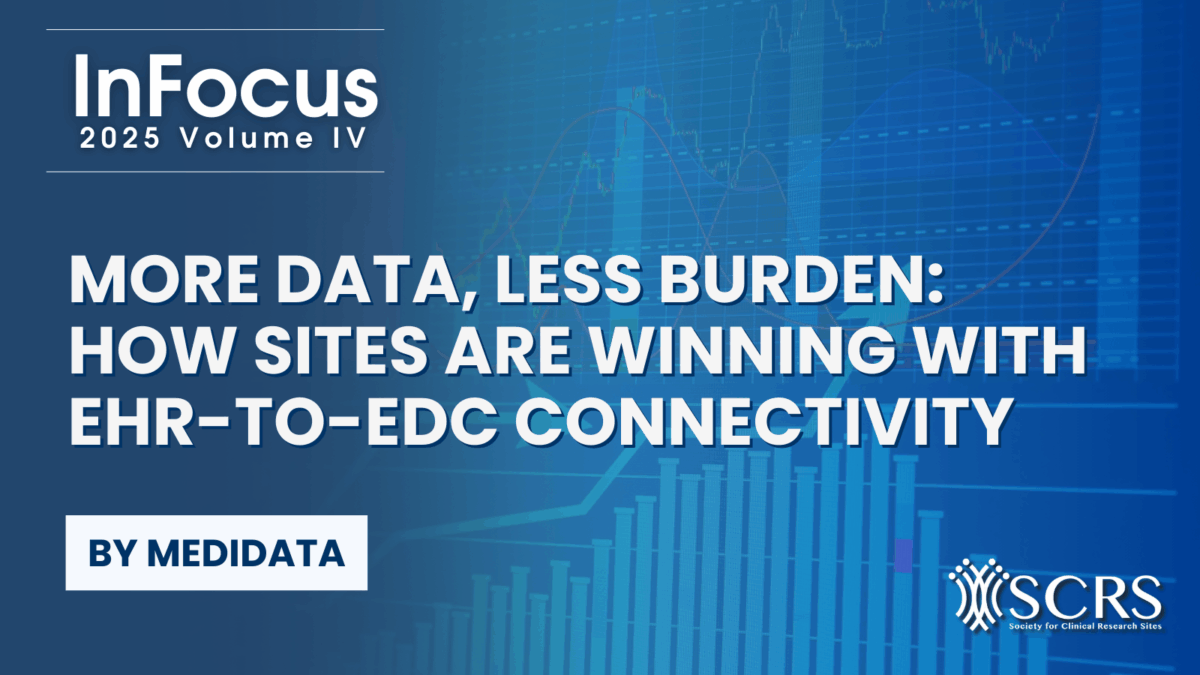
While the demands of delivering clinical trials continue to grow, forward-thinking sites are finding new ways to adapt and thrive. Many sites are already forced to become more selective in the studies they support. As many as 27% of US sites are reporting a reduction in the overall number of trials delivered at a given time, with 21% prioritizing studies with simpler protocol designs1.
Data entry continues to be one of the biggest sources of burden for sites. Increasing data entry requirements across the industry are coupled with continued site staffing shortages, leading to staff being pulled away often from recruitment efforts in order to backfill data entry. Managing this burden effectively isn’t just about trial efficiency; it’s about making sure your team can continue supporting clinical trials, and can focus on what matters most: your patients. This strain placed upon sites ultimately trickles into study timeline delays, increasing query volume, recruitment, and patient care. Sponsors, like GCAR, are recognizing how data entry requirements impact sites, and as a result, are leveraging innovative technologies to alleviate this burden and improve data quality.
“As a trial sponsor, we’re always looking for solutions to help improve data quality while streamlining operations. Medidata [Rave EDC with Health Record Connect] has delivered on both fronts – reducing the volume of queries, which in turn minimized delays and eased the burden on site staff. Sites are especially receptive to a tool that allows them to spend more time with patients and less time on manual data entry. It’s been a positive experience overall, creating value for both sponsors and sites alike.” – Sarah Untch, Director, Trial Operations, Global Coalition for Adaptive Research
Electronic Health Record (EHR) to Electronic Data Capture (EDC) data transfer technology is a leading example of how sponsors, sites, and vendors are collaborating as an ecosystem to reduce the data entry bottleneck in clinical trial operations. EHR-to-EDC transfer technology enables the transfer of data from health records directly into a site’s EDC, significantly reducing the time and effort associated with data entry while improving data quality, patient safety, and providing an opportunity to reduce the need for Source Data Verification (SDV).
These EHR-to-EDC tools are already available to thousands of sites across the US right now.
As sites begin adopting EHR-to-EDC technologies, it’s essential to evaluate which solutions offer the greatest scalable impact while fitting realistically within existing workflows. Sites frequently report benefits such as reduced query rates, faster data delivery, and increased competitiveness in securing new studies. Implementation typically involves either direct integrations built into the sponsor’s EDC or additional connections supported by external vendors.
While many of these tools are available at no cost to sites, each organization must carefully consider the change management effort required to ensure successful adoption. Sites are encouraged to assess:
- IT integration requirements and any necessary internal approvals
- Configuration needs for study-specific mapping and setup
- Volume of relevant studies already enabled by sponsors
- Frequency of collaboration with a particular vendor or platform
- Future functionality potential, such as support for trial pre-screening
- Workflow integration and whether staff training is required on another tool (or lack thereof)
- Opportunities to leverage existing workflows for real-world data (RWD) linkage for consented patients
EHR-to-EDC technology vendors, like Medidata, work closely with sites and play a critical role in ensuring these technologies are impactful, enablement is scalable, and that site and sponsor deployment burden is effectively eliminated.
With over a decade of experience in data coordination, one site user described the impact of EHR-to-EDC connectivity this way:
“It’s just such an exciting new feature that Medidata has, as far as being able to take medical records and put them into Medidata [Rave EDC] for accuracy and speed purposes. I’ve really loved just being able to click, and then my records are in Medidata. It’s helpful, it’s fast, and it saves time. I’ve been doing this for 12 years, so just the fact I can do it very quickly—it’s life-changing.” —Melissa Thomas, Data Coordinator, University of Utah, Huntsman Cancer Institute
Advances in research mean trial complexity and data needs will continue to escalate. The trials that thrive will be those that foster a more efficient, connected, and sustainable research ecosystem. Reach out to your EDC vendors to explore which EHR-to-EDC-enabled workflows are currently supported for your site.
For sites participating in clinical trials leveraging Medidata’s Rave EDC, please contact Tess Duke, Medidata’s site adoption lead, to see which of your studies have this workflow enabled in Rave today!
Authored by Tess Duke, Medidata Site Adoption Lead
Sources:
127% of sites choosing to participate in fewer studies, while others are being more selective in the types of studies they participate in, with 21% opting for studies with less complex protocols. https://www.wcgclinical.com/wp-content/uploads/2024/10/WCG_2024_Clinical_Research_Site_Challenges_Report.pdf

